admin
Edited Text
Martin Dunn
e
In a functional sense, the “mask” becomes the image of
whatever role we happen tobe taking or “playing” atany giventime
in our lives. The roles of father, mother, lover, boss, employee,
teacher, athlete, etc. each have a kind of “mask” associated with
them, that others learn torecognizeand reacttoin predictable ways.
By the same token, we, and others, can react very negatively --even
violently-- when somebody unexpectedly changes their “mask” or
refuses to present the mask weexpect themto wear. In this situation
a particular mask can become, on the one hand a stereotype, or a
kind of psychological prison, and on the other hand, a technic for
announcing to others that we have changed our role.
The masks of Oka were just such an announcement. In a
single stark image, the masked warriors of Oka changed the way
most Canadians think about Aboriginal peoples, and the way many
Aboriginal people think about themselves. That doesn’t mean, of
course, that all the changes were the same, or that all the changes
were either positive or negative. But it does mean that thinking by
and about Aboriginal peoples in Canada is forever changed.
Until very recently, the “mask” that most non-Aboriginal
Canadians would expectan Indian to wear would involve elements
like “drunk”, “lazy,” “stupid,” or “primitive.” If an Indian person
was not one or more of those things, many Canadians would
assume thatperson wasnotanIndian. Infact, withinliving memory,
if an Indian achieved a university degree or became a religious
minister or priest, he or she was stripped of their Indian status
under the Indian Act. That same Act once defined “person” as
uother than anIndian.” InanAngus Reid poll taken justbefore the
army withdrawal from Oka, a very different “mask” for Aboriginal
people wasdescribed by Canadians. The majority (?) of respondents
to the poll saw Indians as “hard-working,” “spiritual” and
“environmentally wise.” It would seem that Aboriginal people are
successfully changing the “mask” that other Canadians expect
them to wear.
In 1983 I experienced an incident in an Indian craft store
that capsulized the situation of Aboriginal peoples in Canada. I
picked up a craft from the Six Nations (Brantford) area and opened
the little tag that was attached to it. It had “Made in Occupied
Canada” printed under the name of the craftsman. I felt a cold,
25
e
In a functional sense, the “mask” becomes the image of
whatever role we happen tobe taking or “playing” atany giventime
in our lives. The roles of father, mother, lover, boss, employee,
teacher, athlete, etc. each have a kind of “mask” associated with
them, that others learn torecognizeand reacttoin predictable ways.
By the same token, we, and others, can react very negatively --even
violently-- when somebody unexpectedly changes their “mask” or
refuses to present the mask weexpect themto wear. In this situation
a particular mask can become, on the one hand a stereotype, or a
kind of psychological prison, and on the other hand, a technic for
announcing to others that we have changed our role.
The masks of Oka were just such an announcement. In a
single stark image, the masked warriors of Oka changed the way
most Canadians think about Aboriginal peoples, and the way many
Aboriginal people think about themselves. That doesn’t mean, of
course, that all the changes were the same, or that all the changes
were either positive or negative. But it does mean that thinking by
and about Aboriginal peoples in Canada is forever changed.
Until very recently, the “mask” that most non-Aboriginal
Canadians would expectan Indian to wear would involve elements
like “drunk”, “lazy,” “stupid,” or “primitive.” If an Indian person
was not one or more of those things, many Canadians would
assume thatperson wasnotanIndian. Infact, withinliving memory,
if an Indian achieved a university degree or became a religious
minister or priest, he or she was stripped of their Indian status
under the Indian Act. That same Act once defined “person” as
uother than anIndian.” InanAngus Reid poll taken justbefore the
army withdrawal from Oka, a very different “mask” for Aboriginal
people wasdescribed by Canadians. The majority (?) of respondents
to the poll saw Indians as “hard-working,” “spiritual” and
“environmentally wise.” It would seem that Aboriginal people are
successfully changing the “mask” that other Canadians expect
them to wear.
In 1983 I experienced an incident in an Indian craft store
that capsulized the situation of Aboriginal peoples in Canada. I
picked up a craft from the Six Nations (Brantford) area and opened
the little tag that was attached to it. It had “Made in Occupied
Canada” printed under the name of the craftsman. I felt a cold,
25
Media of
